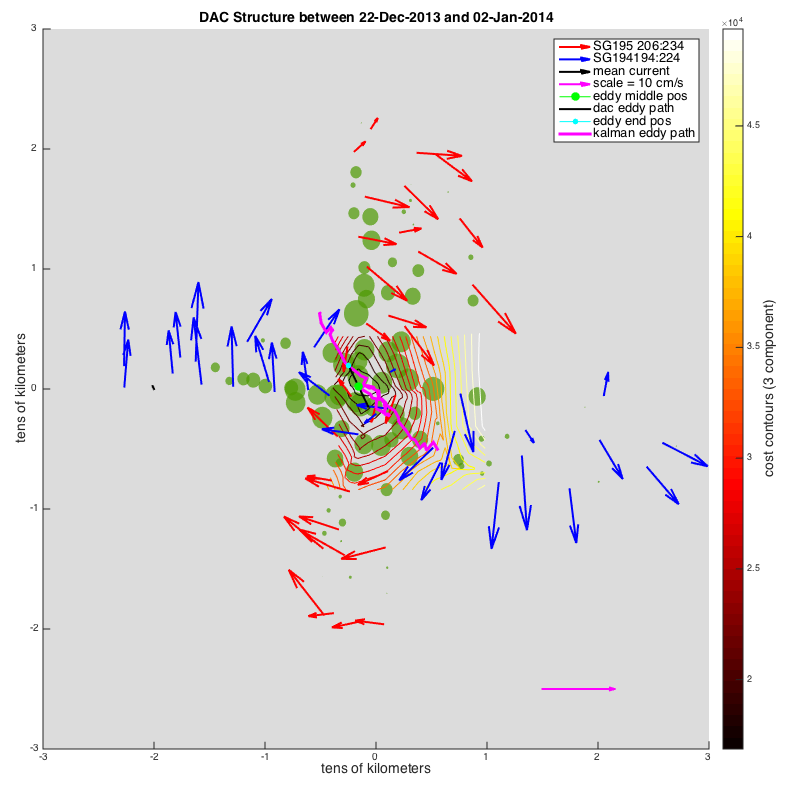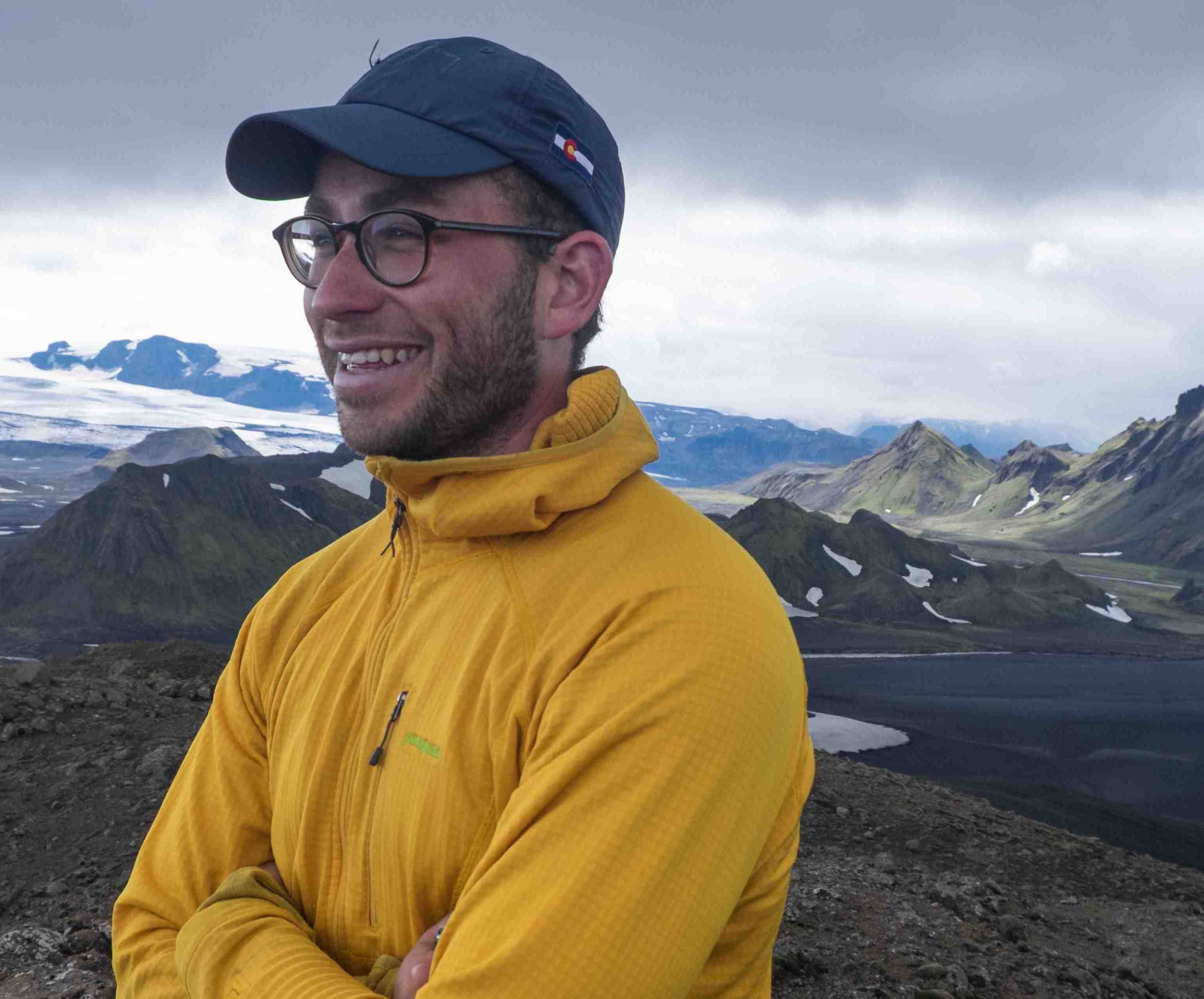Hello! I’m a research scientist at the National Oceanographic and Atmospheric Administration’s Geophysical Fluid Dynamics Laboratory (GFDL). At GFDL, I work to better understand the patterns and drivers of sea level variability. Using both observations and state-of-the-art ocean/climate models developed at GFDL, I work to identify mechanistic links between open-ocean and coastal sea level change. I’m particularly interested in coastal changes driven by ocean circulation and heat content change. This approach is based on experiences gained as an observational physical oceangrapher studying mesoscale eddies and eddy vertical structure.
In the news:
- Why Seas are Surging, 2024-12-20, Washington Post
- The New Face of Flooding, 2024-04-29, Washington Post
- Seas have drastically risen along southern US coast in past decade, 2023-04-10, Washington Post
Prior to this, I was a postdoctoral investigator at Woods Hole Oceanographic Institution WHOI, leveraging observations collected by satellites, ships, moorings, floats, and autonomous underwater vehicles to study the ocean. Past and present research interests include: ocean general circulation, ocean heat uptake, mesoscale eddy turbulence, eddy vertical structure, and the relationship between steric sea level and manometric sea level change.
At WHOI, I was a member of:
- The Ocean Transport and Eddy Energy Climate Process Team
- goal: use observations to improve climate model mesoscale eddy parameterizations
- NASA Ocean Surface Topography from Space
- goal: explore patterns and trends in ocean bottom pressure, steric height, and sea surface height
interest in ocean eddies
Of the many shapes, sizes, and types of eddies found in the ocean, I’ve always been interested in those that can live for many months and have the potential to trap and transport heat and nutrients over many hundreds of kilometers. Most eddies, including these coherent vortices, are surface intensified, but vertical structures extending below the thermocline mix isolated water masses and play an important role in the transfer of energy to the deep ocean. While larger and persistent eddies can be observed from altimetric observations of sea surface height, many are missed because they are too small or sub-surface intensified. My interests in eddy vertical structures thus range from topographic steering to decomposing surface observations into interior contributions.
Below is a figure generated from observations made by multiple Seaglider autonomous underwater vehicles. These gliders were deployed as part of a 2013-2014 field campaign to find and follow a single eddy off of the Washington coast. This work was carried out to observe eddy evolution and show that gliders enable the tracking of prevalent features that satellite observations would miss.

The radial structure and symmetry of this coherent eddy can be seen in the colored depth-average current vector estimates. The locations of these vectors identify glider collected profiles relative to an estimate of the moving eddy center. In plan view, red and blue arrows are 0-1000 m depth-average velocity vectors, green circles indicate the vertical distance separating two density surfaces (one above and one below the core depth at ~ 200 meters) (larger circles correspond to greater vertical separation), and the colored contours map a cost function whose minization determines a best estimate of the eddy center location over a ~ 2 week period.

